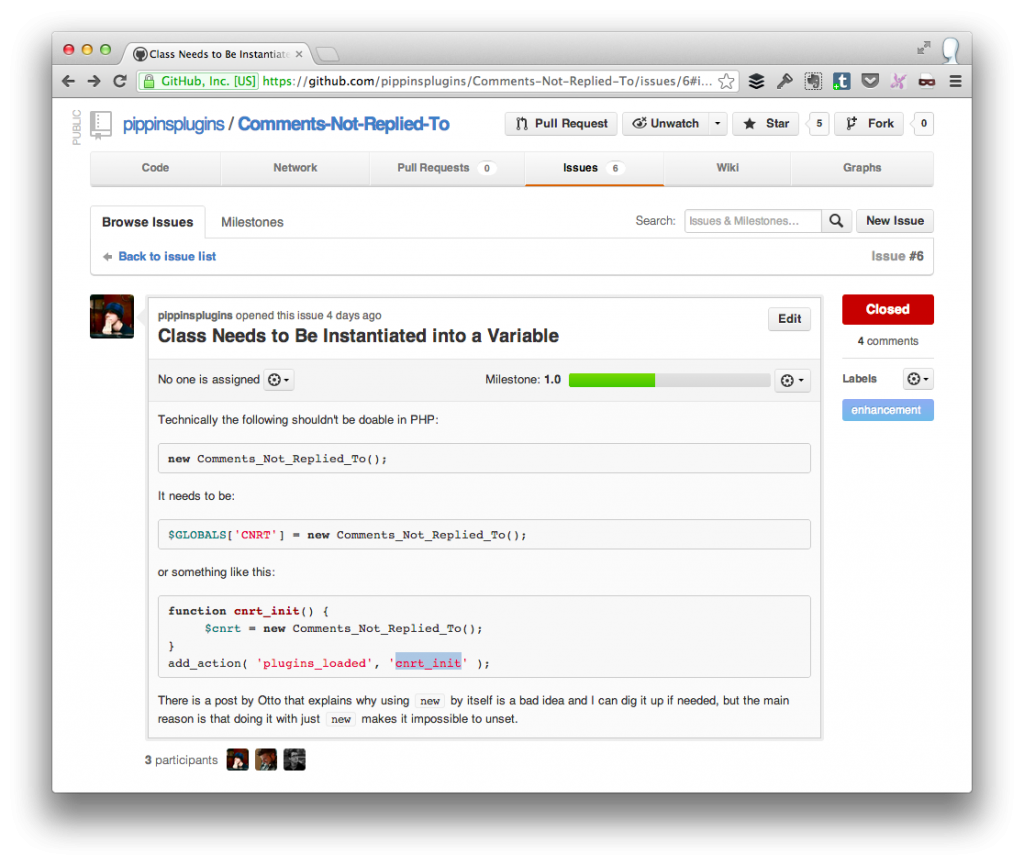I’m no designer. I don’t aspire to be one, nor do I claim to be one that; however, I am interested in the topic and enjoy seeing the work that others do as well as following blogs, articles, books, etc. on the topic.
Though user interface design is a bit of a different field, it hits much closer to home for me than other types of design. After all, a user interface is basically the face of the code that we’re writing.
And if we’re not careful, then we’re going to continue perpetuating the stereotype that developers do not care about design.
I’ve spoken previously about sharing case studies on WordPress projects, and though I don’t have a full project to share right now, I thought it might be fun to look at some I’ve been working on and the evolution of a particular user interface that evolved from a first pass, to discussion, then from mockup, to implementation.






